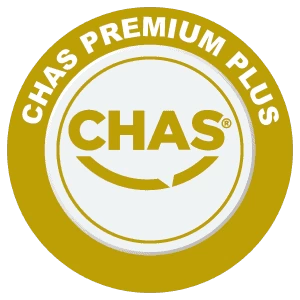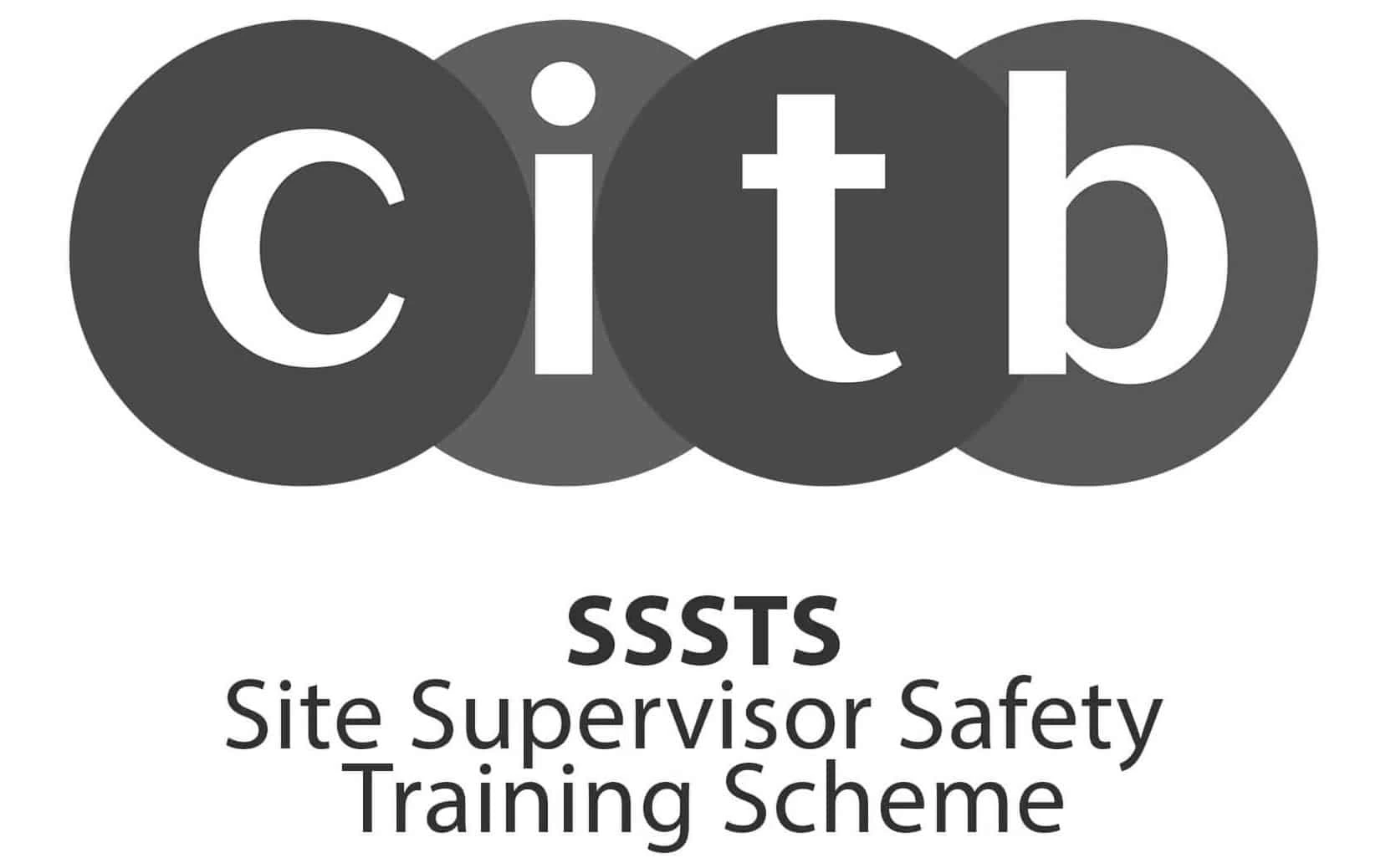As a food or beverage manufacturer, there is nothing more important than ensuring that the goods you produce in your factory are safe for consumption.
An unsanitary or contaminated production line can not only cost you thousands in fines but could impact your reputation too. Take the time to maintain your equipment’s cleanliness and keep your site running smoothly by following the practices in this article.
Implement a strict cleaning regimen
Achieving high levels of equipment cleanliness begins with a strict cleaning regimen. The purpose of a regimen is to streamline communication between management and staff and ensure that the necessary tasks are completed on time.
Your cleaning regimen should include the following:
- Name of the equipment
- How often should it be cleaned
- When it needs cleaning
- The cleaning method required
Additionally – to ensure that you leave no room for mistakes when it comes to equipment cleanliness – you must:
- Educate your employees – It’s essential to educate yourself and your workforce on how to clean equipment effectively and why it’s so important. Once armed with this knowledge, your employees will be more inclined to carry out their essential cleaning tasks.
- Develop training materials – Delivering a presentation on the importance of cleaning and how to do it effectively is excellent, but will they remember? Always ensure that the cleaning training you have provided is backed up with informative training materials.
- Document each clean – It’s essential to log every completed clean for compliance purposes. Provide a cleaning logbook for each piece of equipment in your factory and encourage your staff to document each clean.
Remember, your cleaning procedures must be perfect every time you complete them, not only for the sake of your food quality but for the success of your business and its reputation.
How to clean food factory equipment
Remove product residue from food processing equipment
Start by scraping off the food residue or using diluted detergent or compressed air if your equipment surface doesn’t tolerate scraping.
Use a disinfectant to kill off any dangerous microorganisms
While detergent works to get rid of grease and grime from your equipment, it can still leave behind microorganisms that can contaminate your products. You must follow up with a disinfectant to kill these microorganisms and eliminate the risk of contamination.
Remember: the ultimate goal of cleaning and sanitising your equipment is to eradicate particles that can contaminate your products.
Enlist the help of a professional cleaning provider
Professional cleaning providers who specialise in the delivery of safe, targeted cleaning services for the food manufacturing industry can achieve outstanding results using methods such as:
- Fogging – Using a specialist machine to spray a fine disinfectant mist into the air, this method kills airborne bacteria and settles on horizontal surfaces, sanitising them instantly.
- Dry ice technology – This technology uses dry ice pellets that turn into carbon dioxide to freeze dirt instantly. Dry ice cleaning is powerful enough to clean complex surfaces without damaging delicate equipment.
- Dry steam cleaning – This chemical-free sanitising method distributes dry steam to reach and sanitise hard-to-access areas, leaving them touch-dry.
Speak to us
If you want to revise the cleaning process for your food manufacturing site to achieve better hygiene and reduce contamination risks, we’re here to help you.
To discuss your requirements in more detail, please contact us or call our team on 0800 019 0039.

















